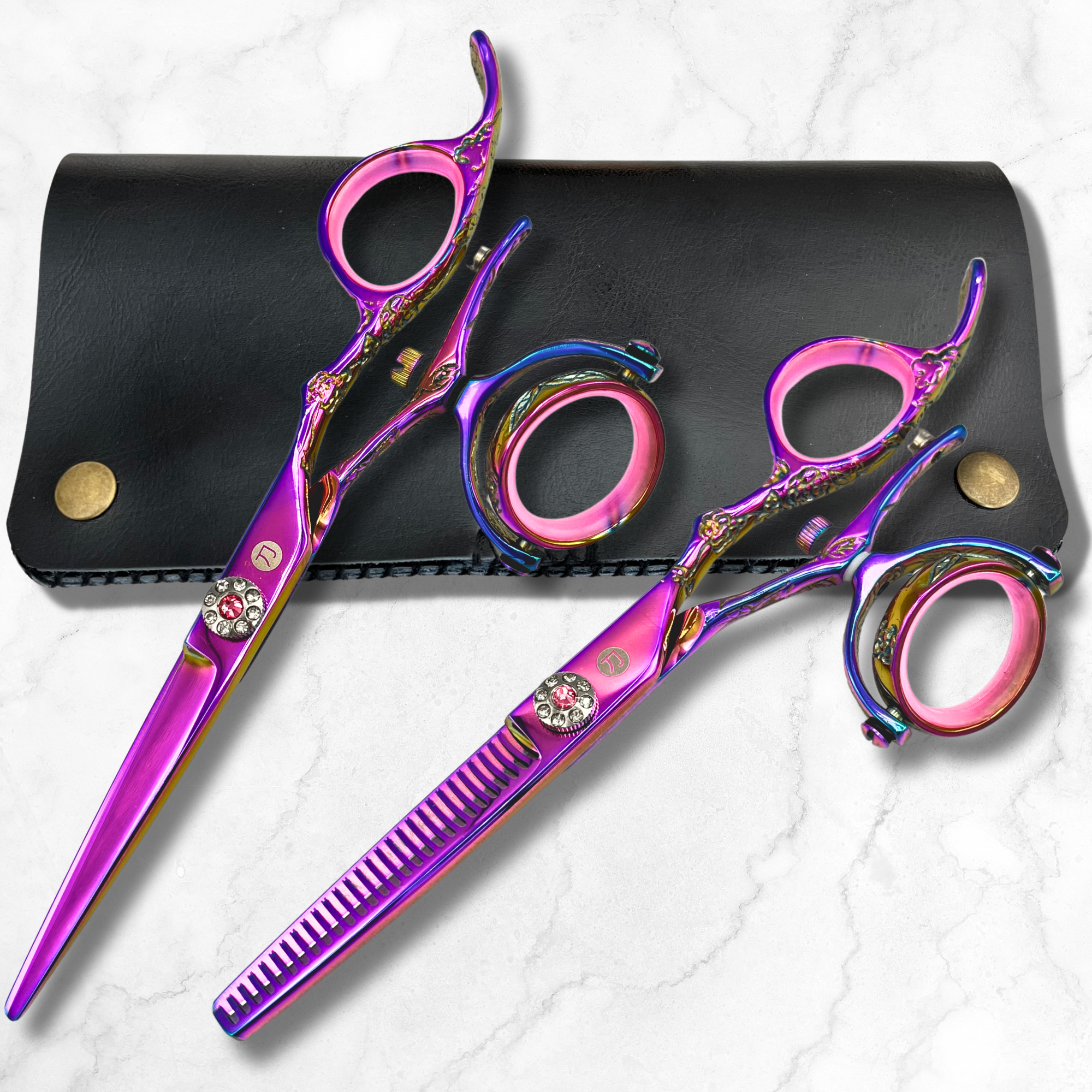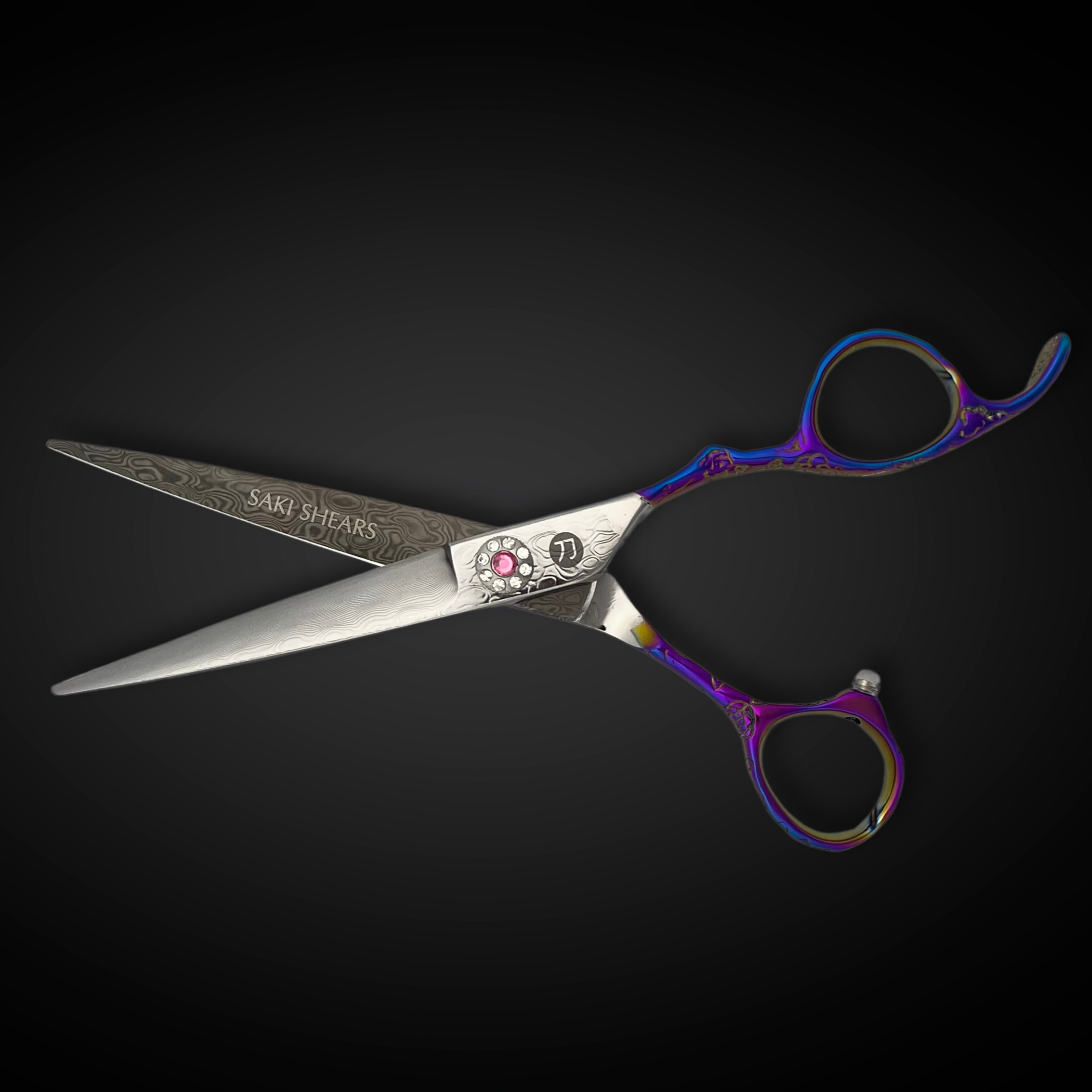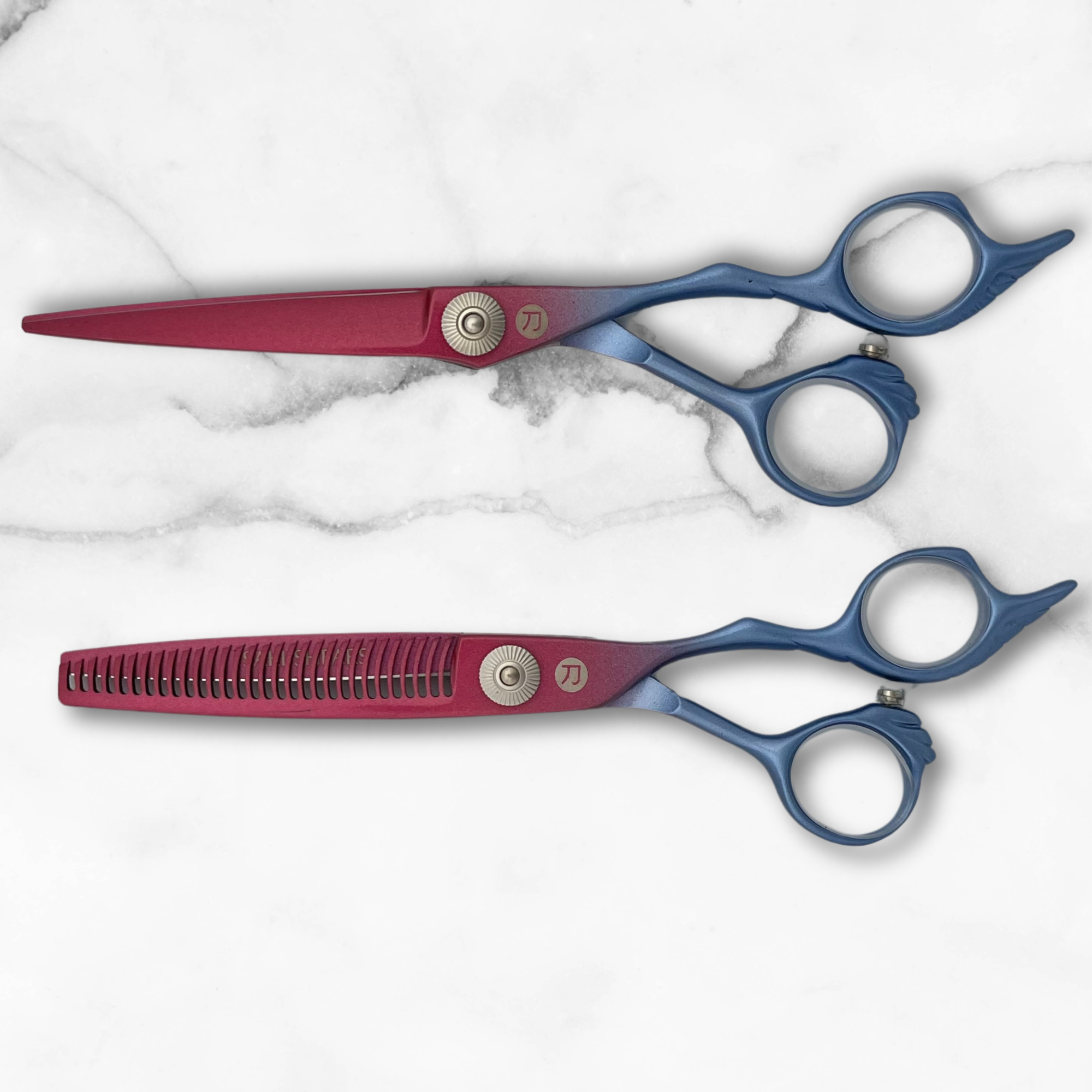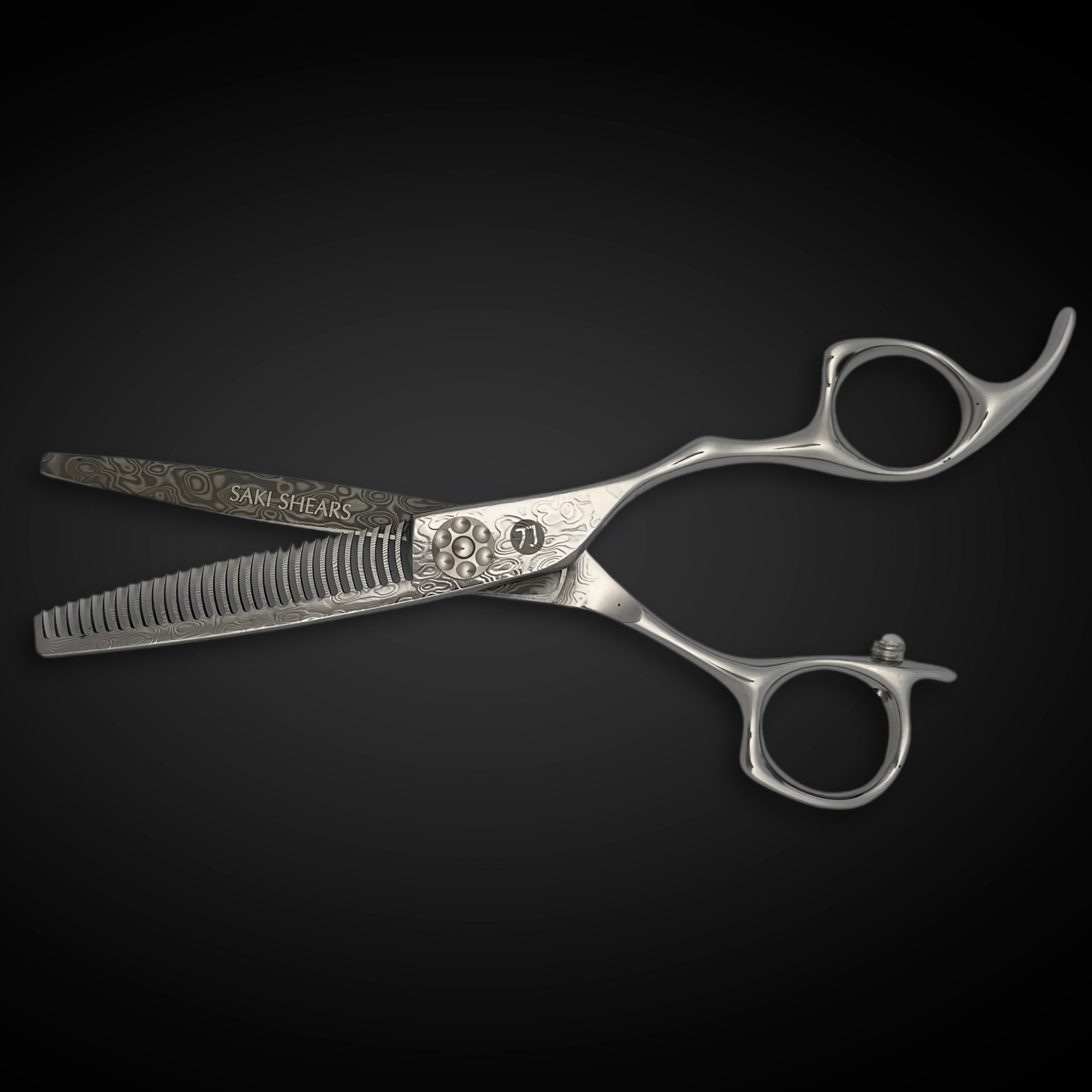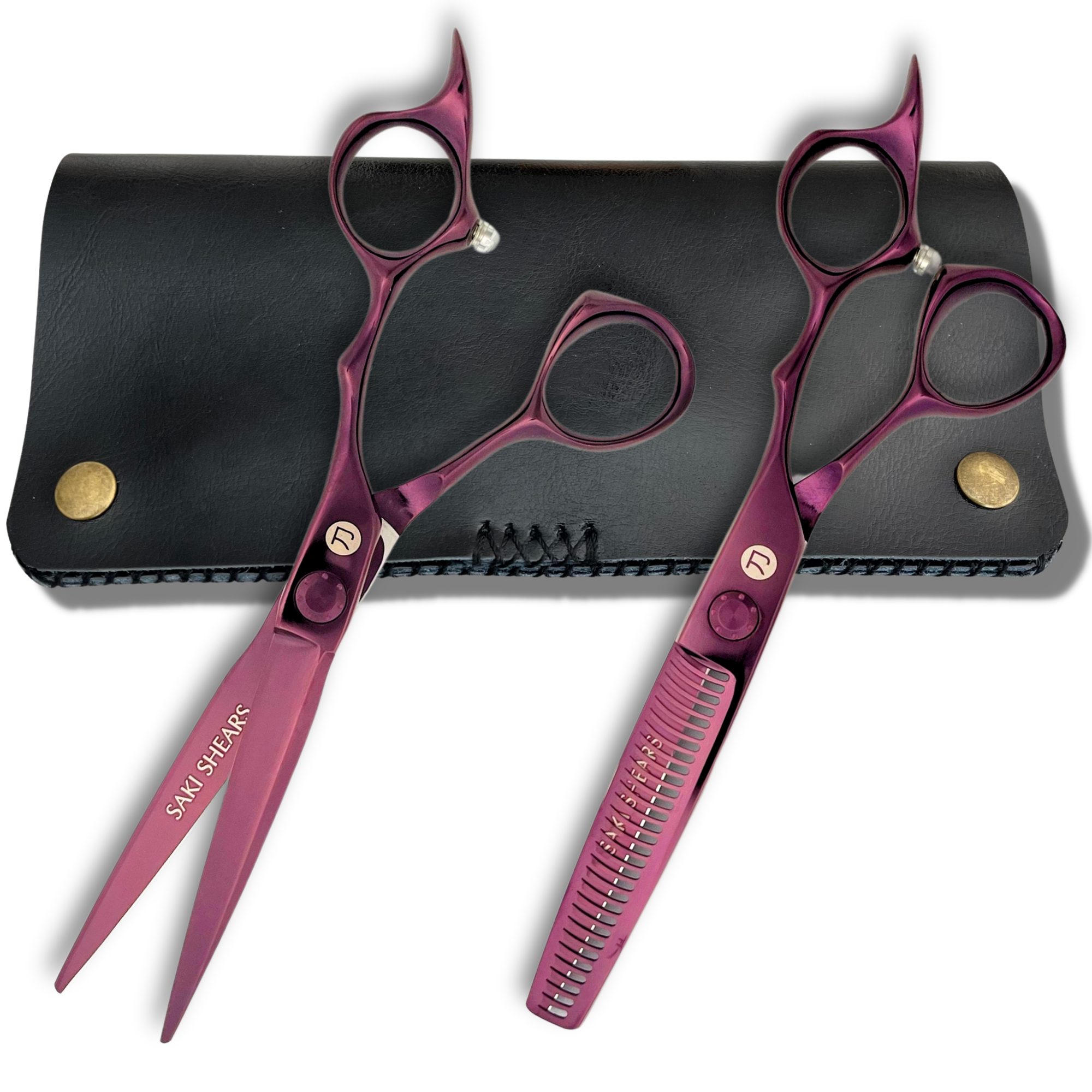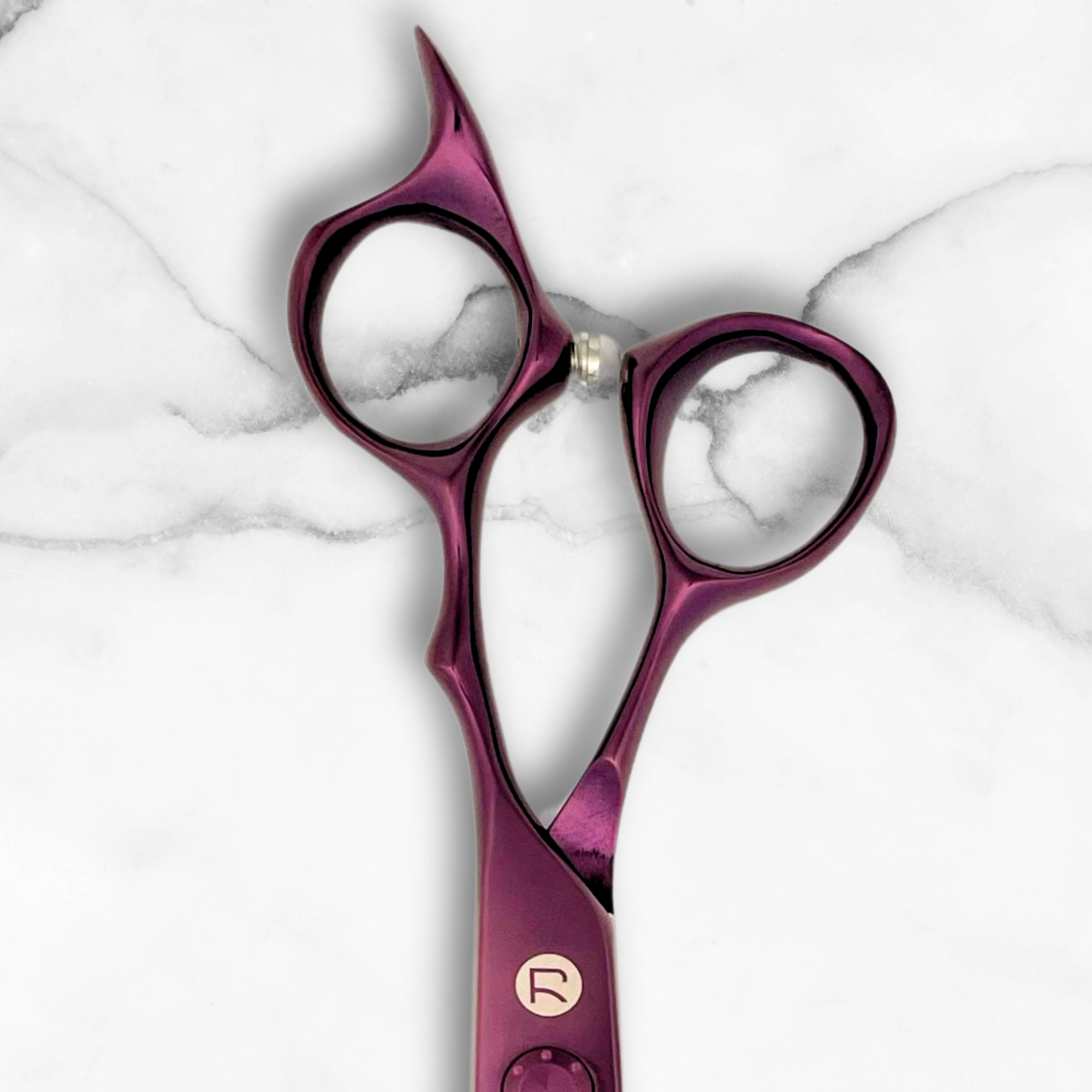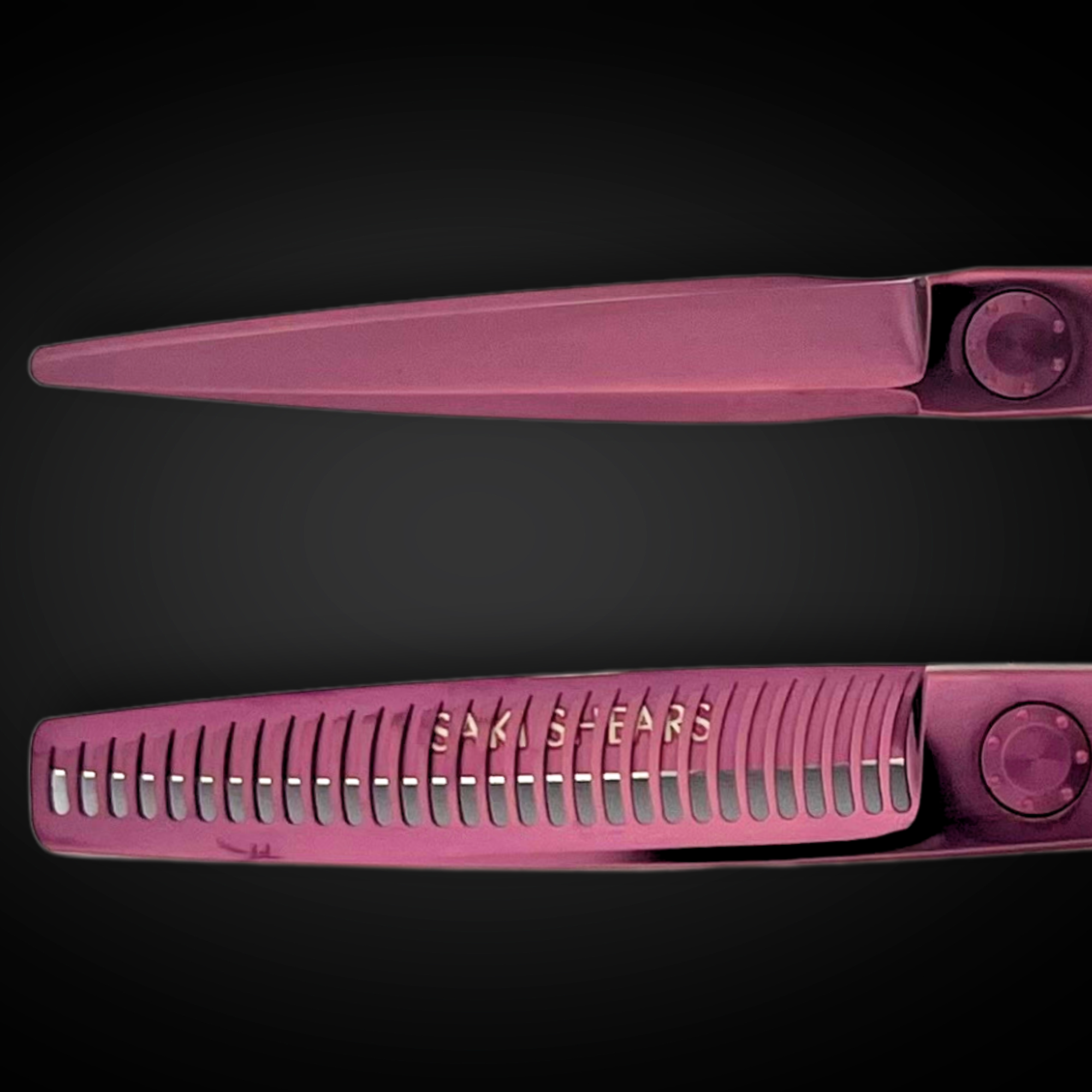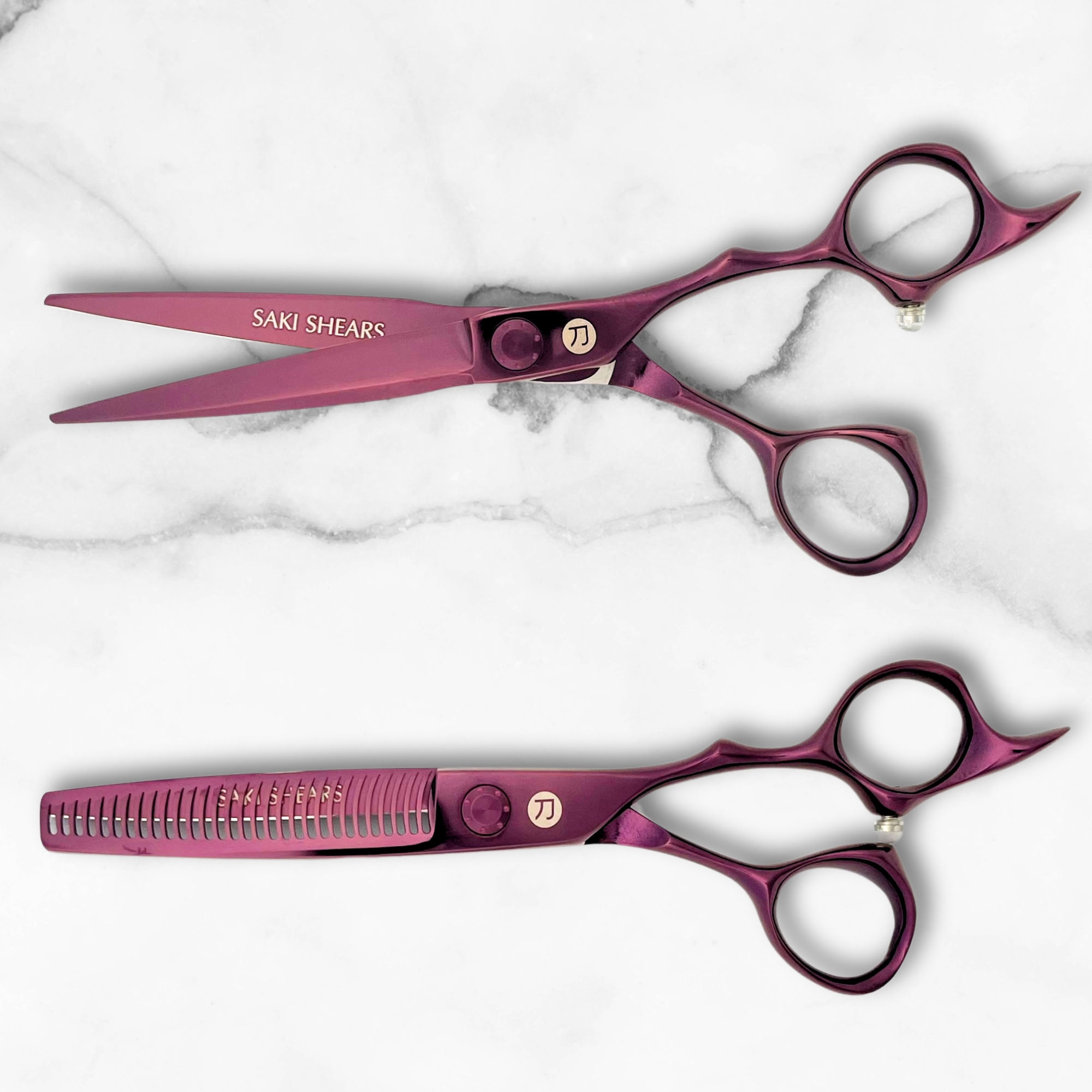Navigating Your First Salon Job: A Guide for New Cosmetology Graduates
Starting your first salon job can be overwhelming, but with the right approach, it’s a chance to grow your skills, build relationships, and kickstart your career. Here’s what you need to know:
- Tools Matter: Invest in high-quality shears, razors, and maintenance supplies. Clean, sanitize, and store them properly to ensure long-term performance.
- Understand Salon Culture: Build strong relationships with colleagues and clients through communication and professionalism. Learn the salon’s workflow to fit in smoothly.
- Stay Current: Keep up with trends, attend industry events, and practice new techniques regularly to stay competitive.
- Time Management: Organize your day with proper setup, cleaning routines, and scheduling tools. Use feedback to improve and track your progress.
Your first job is about learning, adapting, and building a foundation for success. Let’s dive into the details to help you thrive in this exciting industry.
The Reality of Being a New Hairstylist: First Salon Job, Building Clientele, and Professional Advice
Tools and Equipment Needed for Salon Work
Knowing how to use and care for your tools is key to delivering great service and feeling confident in your first salon job. The right tools, combined with proper upkeep, help ensure you provide top-notch results in a professional setting.
Choosing and Maintaining Your Tools
Your main toolkit should include high-quality shears, thinning shears, and razors. When picking these tools, pay attention to the material, ergonomic design, and the brand's reputation. Tools made from professional-grade Japanese steel are known for their durability and precision, making them a solid choice. Investing in better tools can save you money in the long run by lasting longer and performing better [3].
To keep your tools in great shape, follow these care tips:
- Clean and sanitize daily using professional disinfectants.
- Deep clean weekly to remove buildup and maintain hygiene.
- Apply shear oil regularly to keep blades moving smoothly.
- Adjust shear tension to ensure optimal cutting performance.
- Store tools safely to avoid unnecessary wear or damage [2][3].
With the right tools and a commitment to maintenance, you'll be well-prepared to thrive in the fast-paced salon world.
Understanding the Salon Environment and Culture
Moving from cosmetology school to a professional salon means adjusting to a fast-paced workplace and sharpening your interpersonal skills. Success in a salon often hinges on teamwork, clear communication, and upholding professional standards.
Building Relationships with Colleagues and Clients
Strong relationships are the backbone of any thriving salon. Start by respecting and learning from seasoned stylists. Offer help during busy times and keep communication open with your team. When you seek advice, ask specific questions and show gratitude for their input [4].
For building client connections, focus on these key points:
- Active listening: Understand and prioritize your clients' needs and preferences.
- Follow-ups: Check in after services to ensure they’re happy with the results.
- Personal touches: Remember details about their preferences and previous visits.
- Professional boundaries: Keep interactions friendly but professional, focusing on their needs and avoiding overly personal conversations.
Fitting into the Salon's Workflow
Understanding and adapting to your salon's routine is crucial. Pay attention to how experienced stylists manage scheduling, client interactions, and daily tasks [1].
Here’s a quick breakdown of typical salon workflows:
| Aspect | What to Know | How to Adapt |
|---|---|---|
| Scheduling | Appointment systems, time blocks | Learn the tools and stay on schedule |
| Product Knowledge | Salon’s product lines and uses | Study manuals or attend training |
| Daily Operations | Opening/closing, cleaning routines | Use a checklist and prepare early |
To fit in seamlessly:
- Observe and learn: Watch how seasoned stylists manage their tasks and interactions.
- Be punctual: Arrive early to get your station ready and review your appointments.
- Stay organized: Keep your workspace clean and well-prepared.
- Take initiative: Help with salon upkeep and support your colleagues when needed.
Providing consistent, professional service will not only help you build trust with colleagues but also grow your client base [4][1]. This foundation sets the stage for refining your skills and thriving in a competitive industry.
Strategies for Success as a New Stylist
Starting out as a stylist can be challenging, but staying informed and honing your skills can help you meet client expectations and stand out in the industry. Growth comes from consistent learning and practice.
Staying Updated on Trends and Techniques
The Professional Beauty Association notes that stylists who regularly expand their knowledge tend to keep more clients and earn better incomes. To stay ahead, use a mix of learning resources:
| Learning Channel | Benefits | Tips for Use |
|---|---|---|
| Industry Events | Learn about new products and methods | Attend major beauty conventions yearly |
| Social Media | Get daily updates on trends and techniques | Follow leading industry accounts |
| Professional Magazines | Access detailed articles and forecasts | Subscribe to top publications |
| Online Forums | Share advice and find practical solutions | Engage in professional communities |
Aim to master one new technique every few months. This keeps progress manageable while ensuring steady improvement.
Ongoing Education and Skill Building
Tools like the Beauty Buddy app make it easy to fit quick tutorials into your schedule. Focus your efforts on these areas:
- Targeted Practice: Dedicate 2-3 hours weekly to practicing new techniques, like advanced coloring or styling, on mannequins before trying them on clients. Focus on skills that align with your salon's services.
- Professional Development: Join beauty associations to access specialized training and connect with industry experts. Networking can open doors to new opportunities.
- Tracking Progress: Keep a journal to log client feedback. Use this to pinpoint areas for improvement and refine your skills over time.
Practical Tips for Your First Salon Job
Managing Time and Workflow
Getting your timing and workflow right is key to thriving in your first salon job. Start each day with a 15-20 minute station setup to ensure you're ready for clients, and wrap up with a 20-30 minute deep clean to maintain hygiene and professionalism. Between clients, take 10-15 minutes for sanitizing tools and preparing for the next service.
Using digital scheduling tools can help you stay on top of appointments and keep your day running smoothly. Keep your tools organized with professional storage systems so you can grab what you need quickly and focus on delivering great service. Staying organized isn’t just about efficiency - it also ensures you provide consistent, high-quality results.
Using Feedback to Improve
Improving your skills means actively seeking and applying feedback. Set up a simple system to gather input, such as:
- Post-service surveys sent 48 hours after appointments.
- Monthly peer reviews from seasoned colleagues who can offer constructive advice.
- A digital portfolio of before-and-after photos (with client permission) to track your progress visually.
The Professional Beauty Association suggests keeping this portfolio as a way to monitor your growth and pinpoint areas for improvement.
To stay on track, measure your progress using metrics like these:
| Metric | Target | Tracking Method |
|---|---|---|
| Service Timing | Within 10% of scheduled time | Daily log |
| Client Returns | 70% booking rate | Monthly review |
| Tool Maintenance | Weekly deep clean | Maintenance checklist |
| Client Feedback | 4.5/5 rating average | Post-service surveys |
Additional Resources for New Cosmetology Graduates
Tools and Equipment: What to Look For
Starting your salon career means having the right tools to deliver top-notch services. When building your kit, keep these essentials in mind:
- Cutting Tools: Opt for scissors made from Japanese steel with an ergonomic design. A reliable warranty is a bonus. Comfort and precision should guide your choice.
- Maintenance Gear: Professional cleaning supplies and adjustment tools are must-haves to keep your equipment in great shape.
- Storage: Invest in sturdy cases that protect your tools while keeping everything organized and easy to access.
Skip the temptation to chase big-name brands. Instead, focus on tools that are durable, comfortable to use, and easy to maintain. Think of your toolkit as an investment in both your skills and your clients' satisfaction.
Growing Your Skills and Network
Staying competitive in the cosmetology field means never stopping your education. Here are some resources to help you grow:
| Resource Type | Purpose | Benefits |
|---|---|---|
| Professional Associations | Build industry connections | Gain certifications, stay updated on trends |
| Online Communities | Sharpen your skills | Share techniques, get peer support |
| Industry Events | Expand your network | Hands-on learning, meet professionals |
Set aside 2-3 hours each week for ongoing learning. A mix of technical skills and business knowledge will help you develop a well-rounded career.
Key areas to dive into include:
- Mastering advanced cutting and styling techniques
- Learning the ins and outs of salon management
- Building strong client relationships
- Keeping up with the latest industry trends and changes
Conclusion: Key Points for Starting Your Salon Career
Your first salon job is where your training meets hands-on experience. Here’s a quick recap of how to set yourself up for success in this exciting new role.
Focus on the basics by using reliable tools and sticking to consistent techniques. As discussed earlier, having high-quality equipment and maintaining professional standards will not only keep your clients happy but also help you build a long-lasting career.
Building relationships is just as important as technical skills. Clear communication and excellent service are the foundation of client loyalty. At the same time, maintaining a positive and professional rapport with colleagues creates a supportive work environment that fosters growth.
Keep learning to stay ahead in this fast-changing industry. Dedicate 2-3 hours a week to developing your skills and expanding your knowledge. Here’s how you can structure your efforts:
| Focus Area | Action Steps | Benefits |
|---|---|---|
| Skills & Trends | Attend workshops, follow industry leaders | Offer better services, stay competitive |
| Professional Growth | Join associations, engage in communities | Expand your network, access new resources |
Being flexible and open-minded is also critical. Adjusting to your salon's culture while maintaining high standards will help you stand out. Take feedback seriously and use it as a tool to sharpen your skills.
FAQs
Can I work in a salon while in cosmetology school?
You don’t need to wait until you graduate to start gaining experience in a salon. Many students take on part-time roles while still in cosmetology school. Salons often offer positions like assistants or apprenticeships specifically for students.
| Position Type | Duration | Responsibilities | Benefits |
|---|---|---|---|
| Assistant | 3-6 months | Supporting daily salon operations, maintaining tools, greeting clients | Hands-on training and experience |
| Apprentice | 6-12 months | Supervised styling, mixing colors, performing basic cuts | Practical skills and client exposure |
| Junior Stylist | After apprenticeship | Styling independently with guidance from mentors | Building a client base and offering full services |
These roles not only help you develop practical skills but also improve your chances of landing a job after graduation. In fact, the Professional Beauty Association (PBA) reports that students who take on apprenticeships are 40% more likely to secure full-time positions after finishing school [1].
Big names like Great Clips and Supercuts even provide paid training, flexible hours, and mentorship to help students transition into their careers. Taking on a salon role while in school can make your shift to full-time work much easier.

